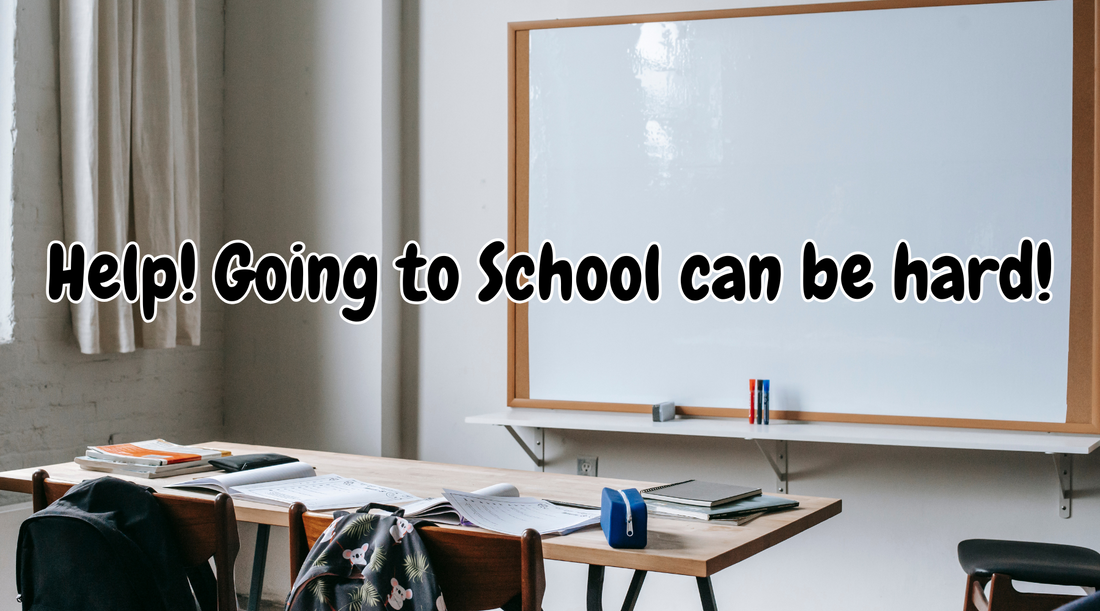As a family social worker, I often encounter children who are experiencing significant challenges when it comes to school. Many kids are struggling with the transition from home to the classroom. It’s important to recognise that it’s not just about getting kids to school or getting them into class—it’s about ensuring they feel safe, supported, and equipped with the tools to manage their emotions and anxieties throughout the school day.

School is a place where children should feel safe, confident, and ready to learn, but for some children, the school environment can be overwhelming. From the noise and expectations to the pressures of academics and friendships, it’s no surprise that anxiety can rise. But the good news is that we, as caregivers and educators, can provide the tools and strategies that children need to manage their big feelings and thrive in school.
For some, the feeling of being “different” can create added stress, as can struggles with things like sensory overload, classroom rules, or new routines. And all of this anxiety and fear can build up, leading to disengagement—whether in the form of refusal to go to school, avoidance behaviours, or challenges once in the classroom.
When a child feels anxious, it can feel overwhelming to them, and their instinct might be to shut down or act out. But just as we would help an adult manage their stress with relaxation or coping skills, children too need strategies to regulate their emotions in moments of anxiety or fear. This is where we come in: as parents, caregivers, and educators, we can help children find ways to pause, connect, and learn strategies to navigate their big feelings.

When a child expresses anxiety about going to school, it’s essential to create a space where they feel safe to share their worries. Acknowledge their feelings without judgment—this helps to validate their experience and opens up a conversation. Try something simple like, “I can see you’re feeling worried about school today. Can you tell me what’s making you feel that way?” This approach helps children feel seen and heard, which can be incredibly comforting.
It's also crucial to take a deep breath yourself in those moments. Children often mirror the emotional cues of adults around them, so by modeling calmness and patience, you create a calm, centered environment where they are more likely to feel safe and heard.
I hope this helps!
Claire
